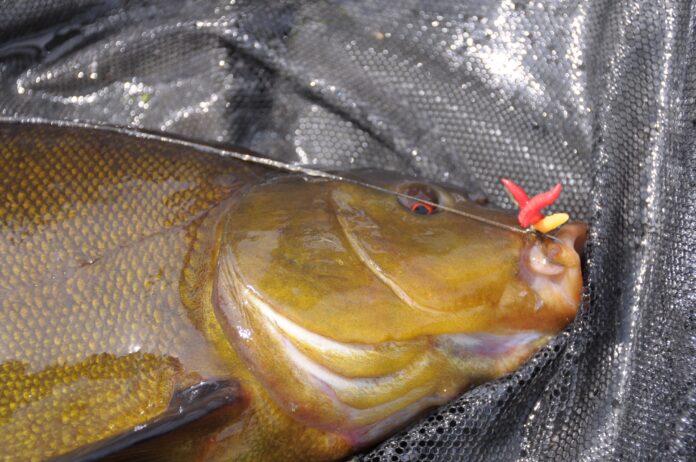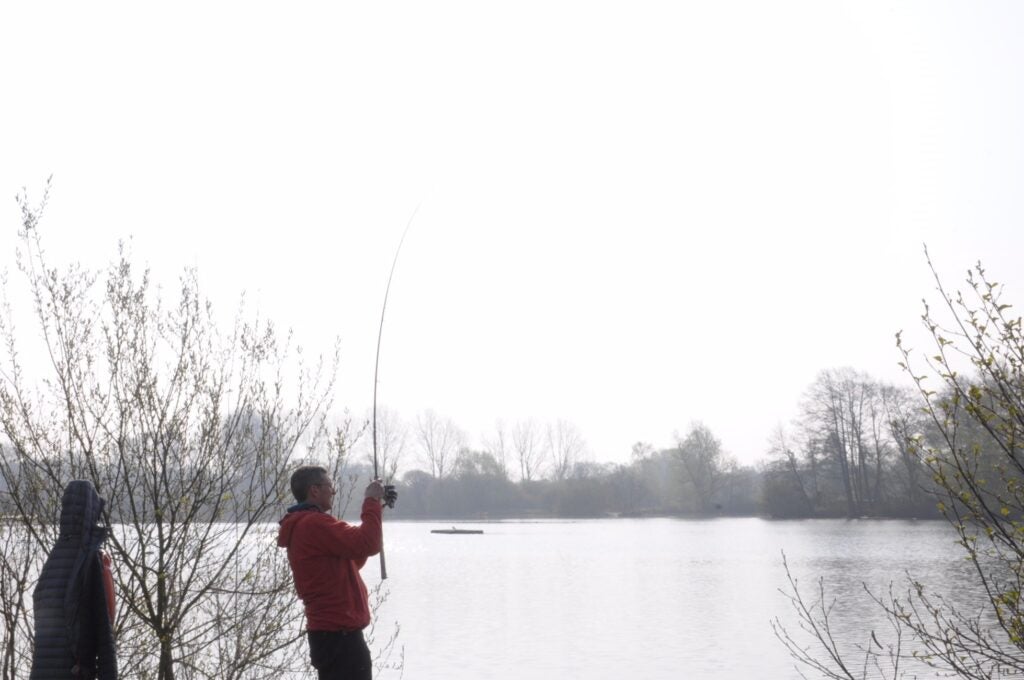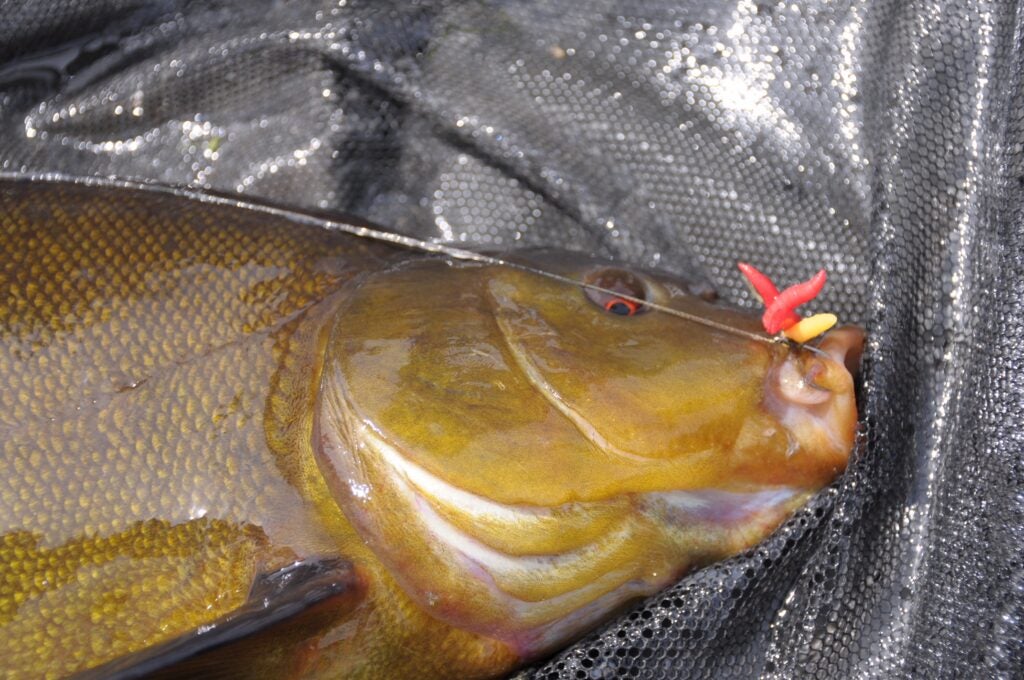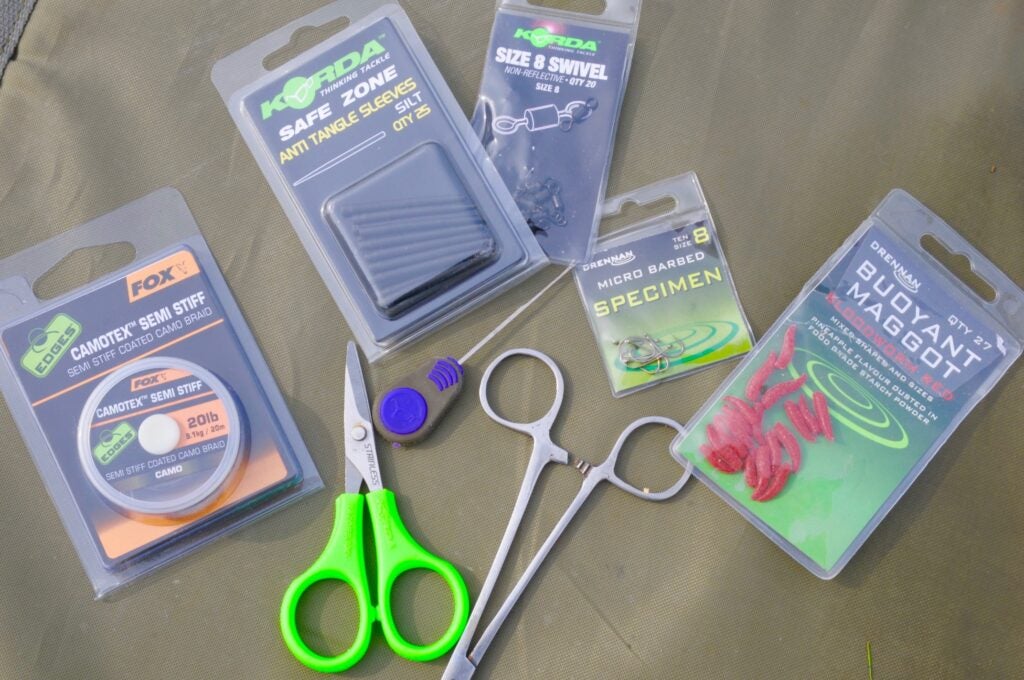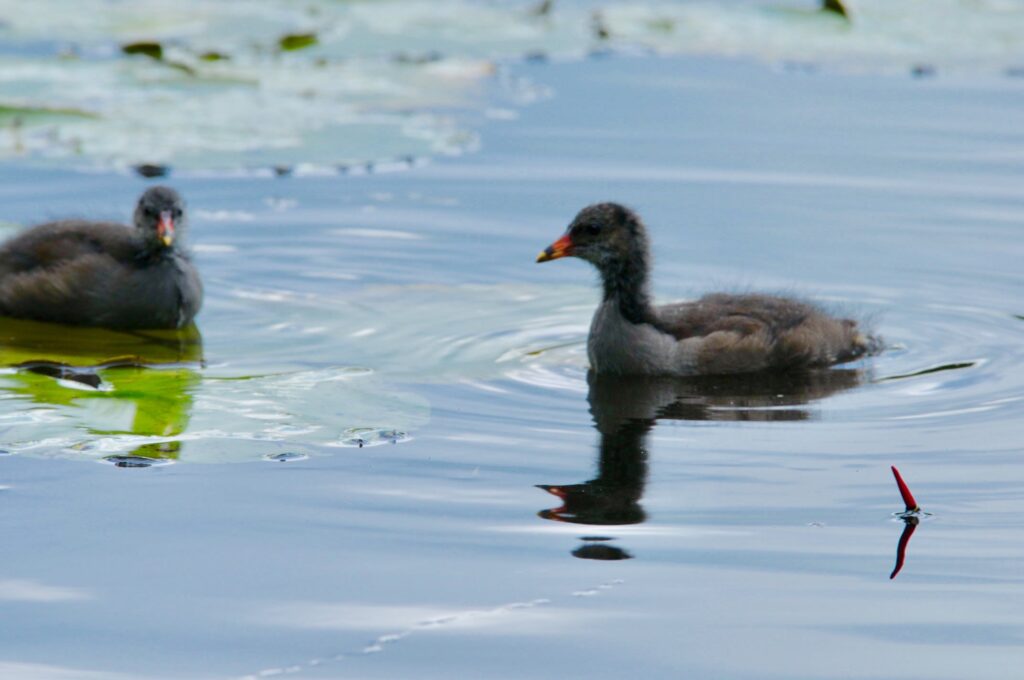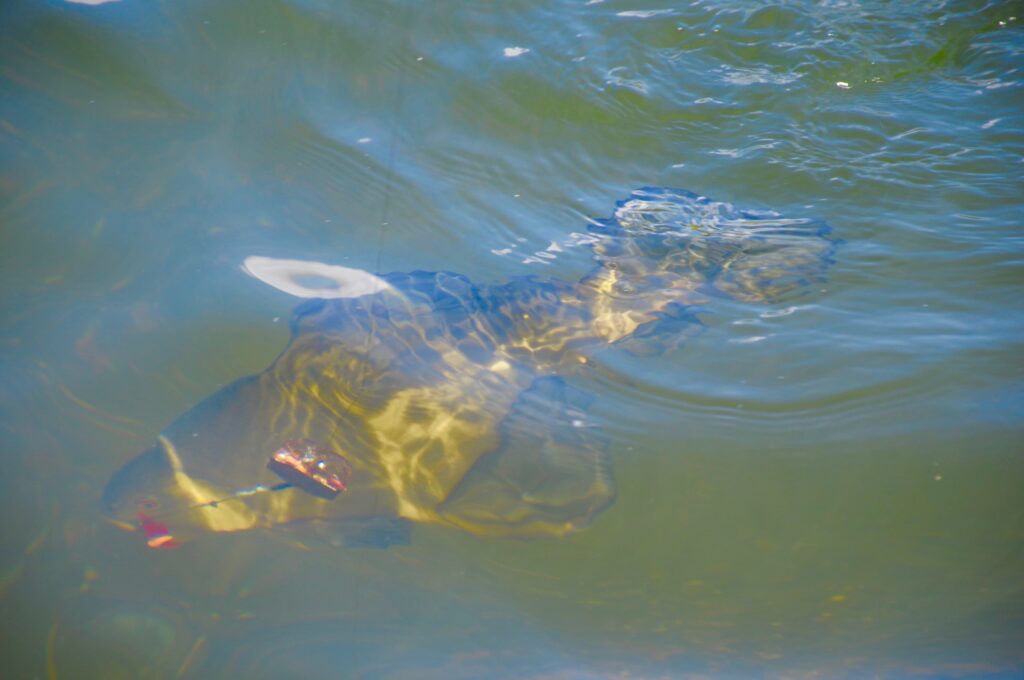#5 TENCH RIGS & END TACKLE
We are about halfway through my Tench Timetable guide to (Spring) tench fishing, and as it is only the 20th March as I write, the whole project should be finished neatly by the first week of April, when tench fishing has started for me most years this century.
Tench rigs, the business end, where you triumph or where you fall flat. It is important to consider how tench feed if we are to understand what is going on here. Typically, a group of tench come into your swim, drop down through the water column, and hover over the bait you have laid. They then tip up almost vertically onto their heads and begin to drift an inch or two over the bait carpet, sucking up items as they pass. They rarely pick bait up physically in their lips and they expel the waste, twigs and the like, and swallow the corn, hemp or maggots. It is an easy, relaxed process, and once the tench has a good mouthful, it will right itself and swim off, chewing the food, before returning to repeat the procedure over and over.
The suck that tench generate is enough to lift particle baits, and even a lobworm, into the mouth, and tench seem to know exactly the amount of suction required in any given situation. It is vital to realise that if a piece of food, generally a hook bait, is too heavy to be sucked in, it is simply left where it lies on the lake bed. In the “old” days before tench were pressured like they are today, they would pick up big baits like flake or corn, but generally now they are too wary to do this. In this they are like their carp cousins and, like carp, once tench learn about danger, they become more cautious about how they suck food items up.
COMPLETELY STUMPED
Let’s take sweetcorn as the perfect example of all this. Back in the mid-late eighties, my fishing partner Roger Miller and I were completely stumped by the tench of Blickling Lake in Norfolk. Each morning, we would throw in a bucket of corn and hemp and float fish a grain of corn on a size 10 on top. The tench would come in, feed for three hours, clean up every scrap of bait, apart from our two hooked grains, and depart. Day after day we were driven to complete distraction. How were they doing this without ever making a mistake? Well, I’ve told you. That size 10 was the issue. It was too heavy, and it simply anchored the corn to the bed where it resisted the power of the dreaded suck! Thousands of grains unfettered by the hook were consumed, and our two were eternally ignored.
WE DEVELOPED STRATEGIES
The usual explanation is that the fish are too clever, too sharp-sighted, or whatever. The simple answer is that tench are feeding naturally and avoid capture as a result. Roger and I were not fools. After a while we began to realise all this and develop strategies. We used half a grain of corn on a size 18. We used a grain of corn on a hair and a size 16. We emptied out the body of the corn and inserted a piece of polystyrene so that it floated. Finally, we stumbled onto plastic, buoyant corn imitations that neutralised the weight of the hook, whatever size.
NEUTRAL BUOYANCY
All this is well known through the carp world, but even today can be ignored outside it. Given our pressured times, it is no longer enough to splash out a big bait and sit back in hope. You have to think about how any bait will behave, and how it will respond to the power of the suck. So, let’s start thinking about presenting baits that are light, buoyant, or have neutral buoyancy. Smaller, lighter hooks. Hairs. Plastic baits. Popped-up boilies. Braid hook lengths that are softer, more supple, and less resistant than ones of mono. It’s good to test all baits in a bucket of water before casting them out. Watch how the bait stirs and rises if you swirl the water above it with your hand. If it sticks to the bottom of the bucket, then you know it will not rise to the tench’s suck and will be ignored.
FISH OVER-DEPTH
Your line is also important. Think how tench position themselves vertically to feed. Wised-up fish are perfectly capable of feeling a tight line rub abrasively against their flank. A tench startled by this will squirt away alarmed, taking shoal members with it. That’s why, if you are float fishing and line has to fall through the water column, set the float over-depth so that line hangs as limp and unthreatening as a stray strand of weed. If you are legering, it is vital to lay line along the bottom so it hugs the contours as closely as possible.
SLACK LINE
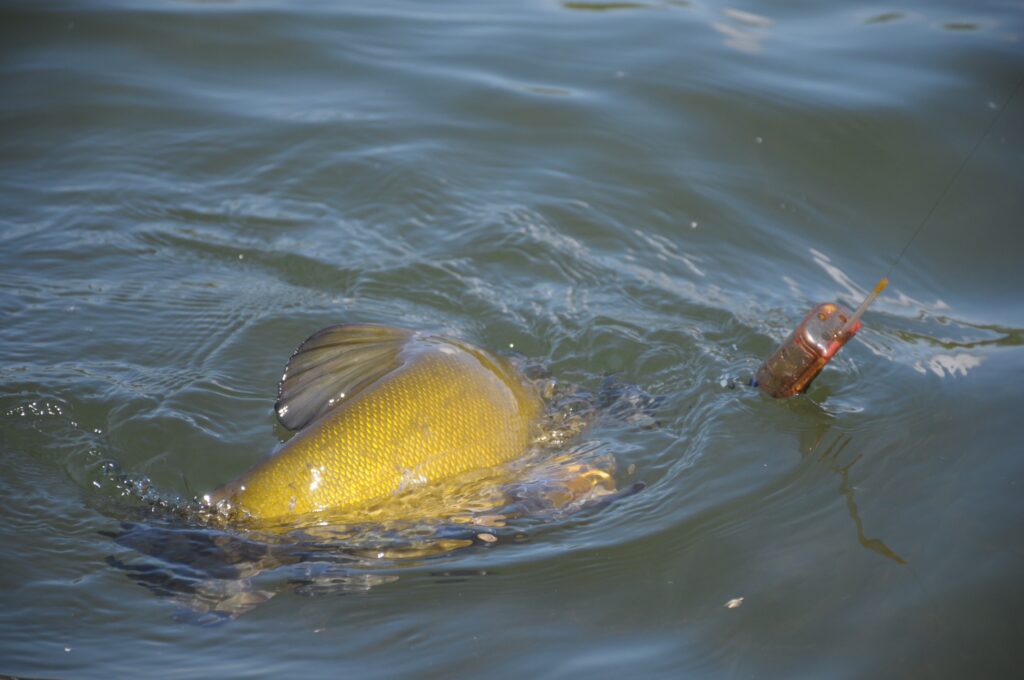

Here, a length of lead core up from the feeder can be a real boon. It looks ungainly, but it keeps your last giveaway few yards of tell-tale line firmly on the deck and out of sight. It’s also a good ploy to fish a slack line between your rod tip and the feeder, so do not tighten up too dramatically after the cast. If you do, you can create the “cheese wire” effect that all carp anglers aim to avoid. That results in yards of tight line slanting through the water that tench can either see, or sometimes bump into and learn to regard as danger.
Obviously, end rigs and baits are very closely aligned. The next chapter in The Tench Timetable will scrutinise the best baits, and the best ways to present them. Cunning plans can make a colossal difference to your tench results.










